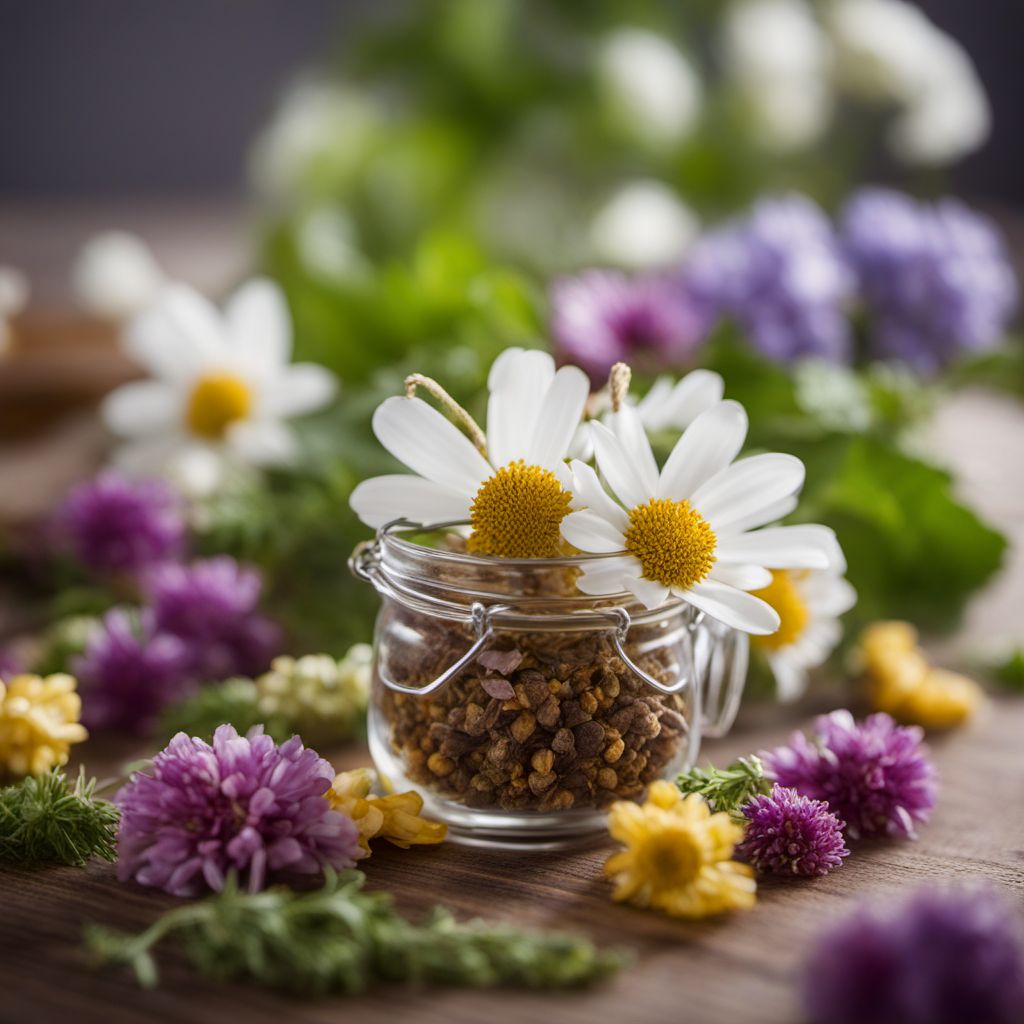
Ingredient
Flowers used for herbal infusions
Nature's Fragrant Brew
Flowers used for herbal infusions, such as chamomile, lavender, and hibiscus, are known for their delicate flavors and fragrances. Chamomile imparts a soothing, apple-like taste, while lavender adds a floral and slightly sweet note. Hibiscus offers a tart and tangy flavor, often described as cranberry-like. These flowers are commonly used to make herbal teas, infusions, and floral syrups.
Origins and history
The use of flowers in herbal infusions dates back centuries, with chamomile being used in ancient Egyptian and Roman cultures for its calming properties. Lavender has a long history of culinary use in Mediterranean cuisine, while hibiscus is a popular ingredient in traditional Mexican and Caribbean beverages. These flowers are cultivated in various regions around the world, including Europe, Asia, and the Americas.
Nutritional information
Flowers used for herbal infusions are naturally low in calories and fat. They also contain antioxidants and various beneficial compounds, depending on the flower. Chamomile, for example, has anti-inflammatory properties, while lavender is known for its calming effects. Hibiscus is rich in vitamin C and may help lower blood pressure.
Allergens
Some individuals may be allergic to certain flowers used for herbal infusions, such as chamomile or lavender, causing mild allergic reactions like skin rashes or respiratory discomfort.
How to select
When selecting flowers for herbal infusions, choose blossoms that are vibrant in color and free from blemishes or signs of wilting. Opt for organically grown flowers whenever possible to avoid pesticide residues. For chamomile, look for flowers with a strong, sweet aroma. Lavender should have a fragrant, floral scent, and hibiscus petals should be bright and plump.
Storage recommendations
To preserve the freshness and aroma of flowers used for herbal infusions, store them in a cool, dry place away from direct sunlight. Chamomile and lavender can be dried and stored in airtight containers for several months. Hibiscus petals can also be dried or used fresh, but they should be stored in airtight containers to prevent moisture absorption.
How to produce
Flowers used for herbal infusions can be grown in home gardens or pots, provided they receive adequate sunlight and well-drained soil. Some flowers, like chamomile and lavender, are relatively easy to grow, while others may require specific conditions or care. Research the specific flower's growing requirements before attempting to cultivate it.
Preparation tips
Flowers used for herbal infusions can be steeped in hot water to make soothing teas or infusions. Chamomile is often enjoyed on its own or blended with other herbs like mint or lemon balm. Lavender can be used to infuse syrups, baked goods, or added to cocktails for a floral twist. Hibiscus is commonly used to make refreshing iced teas or incorporated into fruit punches and cocktails.
Substitutions
Chamomile can be substituted with lemon balm or passionflower, while lavender can be replaced with rose petals or lemon verbena. Hibiscus can be substituted with cranberry juice or pomegranate juice for a similar tart flavor.
Culinary uses
Flowers used for herbal infusions are commonly used to make teas, tisanes, and floral syrups. Chamomile tea is known for its calming properties and is often enjoyed before bedtime. Lavender-infused beverages and baked goods are popular in Mediterranean cuisine. Hibiscus is used to make refreshing beverages like agua de jamaica in Mexico and sorrel drink in the Caribbean.
Availability
Flowers used for herbal infusions are cultivated in various regions around the world, including Europe, Asia, and the Americas. Chamomile is commonly grown in Germany, Egypt, and Eastern Europe. Lavender is cultivated in France, Spain, and the United Kingdom. Hibiscus is native to tropical regions but is now grown in many countries, including Mexico, Egypt, and Sudan.
More ingredients from this category

Rose infusion flowers and similar-
The Floral Elixir

Other Herbal infusion materials from flowers
Blossoming Brews: Exploring the Floral World of Herbal Infusions
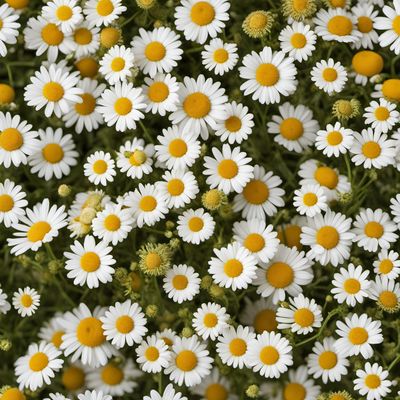
Chamomile and similar-
The Soothing Power of Chamomile: A Herbal Elixir
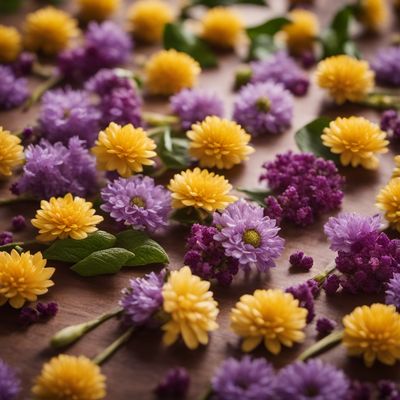
Flowers used for infusions-deprecated-double
The Fragrant Elixir: Exploring the World of Floral Infusions

Jasmine infusion flowers and similar-
Aromatic Blossoms: Unveiling the Essence of Jasmine Infusion Flowers

Lime infusion flowers and similar-
Unveiling the Floral Essence: Lime Infusion Flowers and Beyond
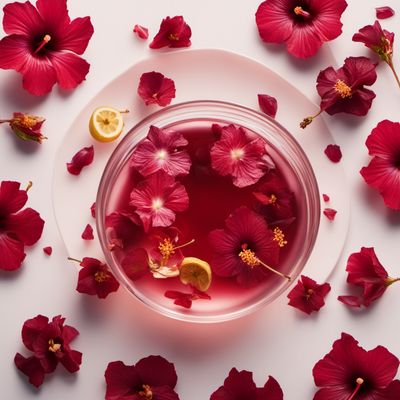
Hibiscus infusion flowers and similar-
The Vibrant Elixir: Exploring the World of Hibiscus Infusion
Recipes using Flowers used for herbal infusions
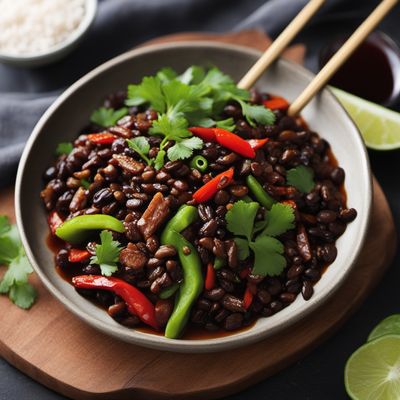
Jing Jiang Rou Si - Chinese Black Bean Pork Stir-Fry
Savory and Succulent Chinese Black Bean Pork Stir-Fry

Anhui-style Stargazy Pie
Heavenly Fish Pie with a Twist: Anhui-style Stargazy Pie

Mordovian Black Rice Stew
Savory Delight: Mordovian Black Rice Stew

Sichuan-style Frog Eye Salad
Spicy Sichuan Frog Eye Salad: A Tangy and Fiery Delight
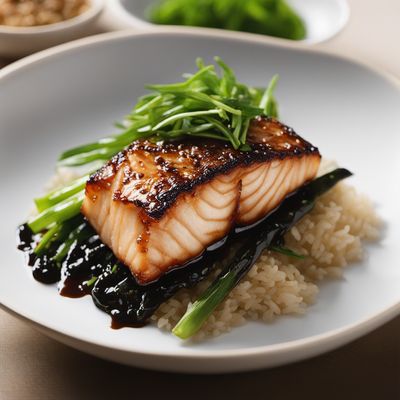
Grilled Miso Glazed Cod with Sesame Ginger Sauce
Umami Delight: Grilled Miso Glazed Cod with a Zesty Sesame Ginger Sauce